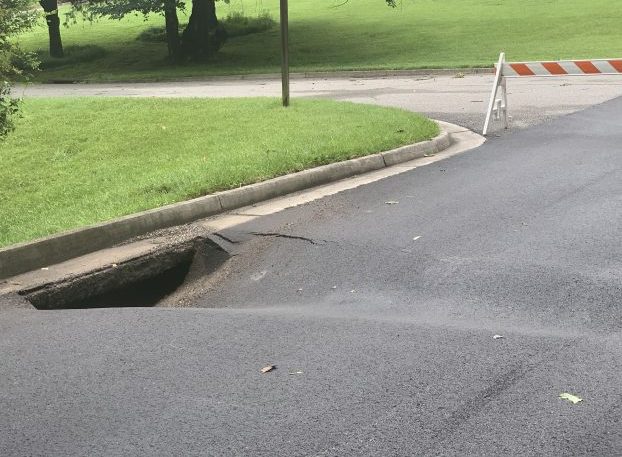Stream exclusion fencing
Published 4:43 pm Thursday, August 2, 2018
This month, the Piedmont Soil and Water Conservation District has partnered with JB Daniel, grazing specialist for the USDA Natural Resources Conservation Service, who wrote this article.
Virginia has more than 1,000 Century Farms that the same families have owned and worked for 100 years or more. Many have raised cattle on large and small acreages, allowing herds to drink water the “natural way” … straight out of the creek or pond.
I’ve been a part of this industry for 20 years now and worked closely with farmers and conservationists to help transition operations to environmentally- friendly grazing systems for almost 10 of those years. In this, the first of two articles, I will share a few of the reasons why farmers who make this transition see direct benefits to their farm enterprises.
Trending
MANAGE YOUR ASSETS
Everything you own requires proper attention and maintenance to avoid premature deterioration. Whether it is a truck, a boat or house, you most likely perform ongoing service/ repairs to get the full use or value. For many farmers, their land is their most valuable, tangible asset. Farmland that is not managed well will naturally degrade or deteriorate, decreasing its annual agricultural production potential. If neglected past a certain point, it will transition from open agricultural land to overgrown brush and unmanaged trees that can be very costly to reclaim.
This is where the conservation aspect of stream exclusion fencing intersects with the economic side of the equation. By providing the basic infrastructure needed (fencing and water distribution) to better manage the livestock on the pasture, farmers can bring out the highest productive potential of the land and begin to answer to the ultimate question, “How does stream exclusion fencing directly benefit me?”
PLAN FOR SUCCESS
The success of your forage ultimately comes down to management, and interior fencing is your primary tool for managing livestock in a pasture system. Your local conservation office can partner with you to develop a grazing plan that protects your natural resource and helps you achieve your farm production goals. On most pastureland, permanent exclusion fencing and an alternative water system are the foundation for this system.
Our staff can work with you to install additional cross fencing and water troughs to facilitate a multi-paddock grazing management system. This type of grazing system is the ultimate benefit to your pasture production potential.
Trending
Using a multiple paddock system gives you added control over livestock and the opportunity to target certain paddocks for even greater improvement. Whether it is controlling certain invasive weeds or brush species or renovating certain paddocks to establish a higher percentage of clover, these efforts are more successful when you can control your cattle in a system like this.
Not convinced yet? In my next article, I’ll offer two more irrefutable benefits of managed grazing. In the meantime, I encourage you to call or visit your local USDA Service Center to learn more about this process.
J.B. DANIEL is a forage and grassland agronomist with USDA-NRCS. He can be reached via email at j.b.daniel@va.usda.gov.






